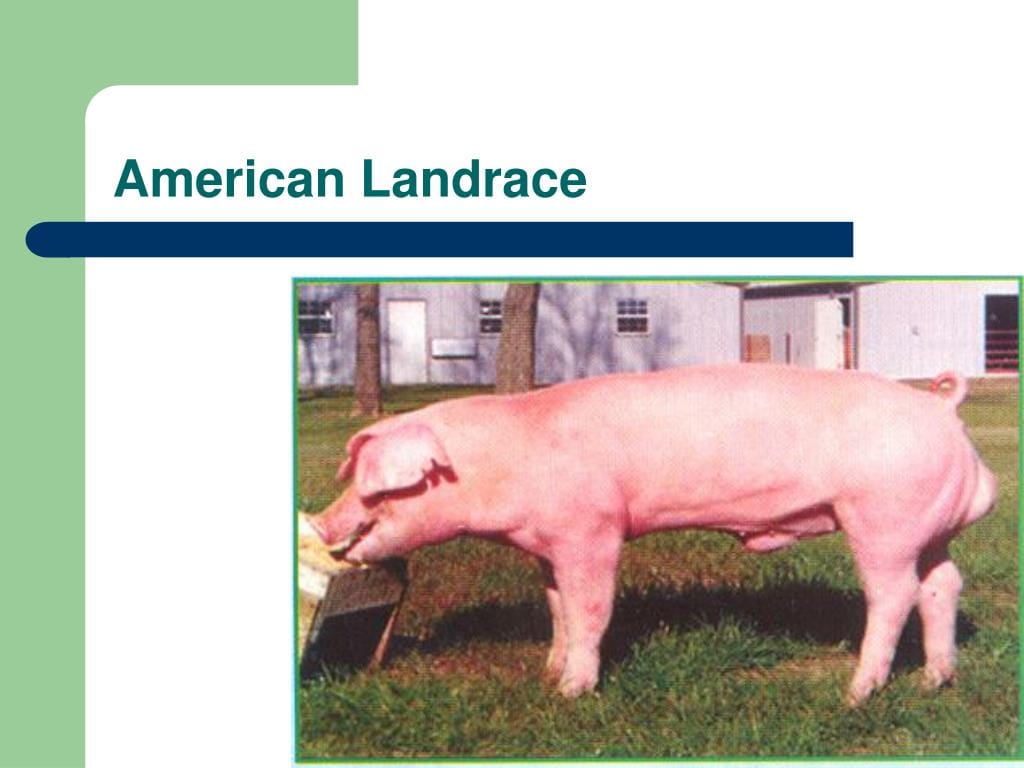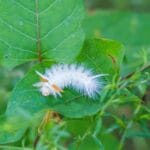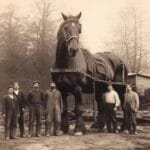This comprehensive guide explores the American Landrace pig, a prominent breed in the pork industry. We’ll delve into its history, characteristics, advantages, disadvantages, and the ongoing research shaping its future.
Unveiling the American Landrace: History and Significance
The American Landrace pig, a descendant of the Danish Landrace crossed with the Large White Hog in 1895, has become a cornerstone of modern pork production. Its journey from Denmark to the United States marks a significant chapter in the history of swine breeding. Today, it stands as the fifth most recorded breed in the US, a testament to its value and adaptability. Are guinea pigs nocturnal? While we’re focusing on pigs, it’s interesting to note the diverse activity patterns in the animal kingdom.
Distinctive Appearance: A Pig with a Profile
Identifying an American Landrace is straightforward. Their defining features include a bright white coat, long body, fine hair, long snout, and characteristic drooping ears. Their long, narrow head and slightly arched back contribute to their unique profile. These physical attributes not only distinguish them visually but also play a role in their adaptability and overall performance.
Temperament and Traits: More Than Meets the Eye
American Landrace pigs are generally known for their docile and adaptable nature, simplifying management for farmers in diverse environments. Their exceptional mothering abilities, including large litters (often 10-12 piglets) and strong maternal instincts, make them invaluable for breeding programs. However, like all breeds, they possess a unique set of advantages and disadvantages that require careful consideration.
The Value Proposition: Uses and Economic Impact
American Landrace pigs are prized for their lean, tender meat, contributing significantly to high-quality pork production. This leanness likely results in a higher carcass yield, maximizing the amount of usable meat per pig. Beyond their contribution to the dinner plate, their genetic influence extends to improving other breeds, enhancing fertility and longevity in commercial swine production.
Breeding for Success: Maximizing Genetic Potential
Maintaining genetic diversity within the American Landrace breed is crucial for its long-term health and productivity. Animelon, much like selective breeding in pigs, demonstrates the power of careful cultivation to achieve desired traits. Proper housing, a balanced diet, and strategically managed breeding practices are essential for optimizing their performance. Ongoing research continually seeks to refine these practices, enhancing both efficiency and sustainability within the pork industry.
The Future of Pork: Ongoing Research and Development
Scientists are constantly exploring ways to further improve the American Landrace breed. Current research focuses on enhancing disease resistance and feed efficiency, contributing to sustainable agriculture and responsible pork production. This dedication to ongoing improvement underscores the commitment of breeders and farmers to the future of this valuable breed.
Navigating the Challenges: Disadvantages and Management
While the American Landrace offers numerous advantages, it’s crucial to acknowledge the challenges associated with raising these pigs. Understanding these potential drawbacks empowers farmers to make informed decisions and implement effective management strategies.
Hygiene and Odor: Maintaining a Clean Environment
American Landrace pigs, due to their propensity for wallowing in mud, require diligent cleaning practices to maintain acceptable hygiene levels. Their predisposition to strong odors necessitates regular cleaning, proper ventilation, and strategic landscaping to limit mud access. Innovative waste management systems can also contribute to a cleaner, healthier environment.
Nutritional Needs: Balancing Cost and Quality
These pigs require a carefully balanced diet for optimal growth and meat quality, which can translate to higher feed costs. Farmers must constantly balance providing the best nutrition with keeping costs under control. Ongoing research explores cost-effective feed options, and careful budgeting is essential for managing this aspect of American Landrace production.
Susceptibility to Stress: Creating a Calm Environment
American Landraces are known for their sensitivity to stress, which can negatively impact their growth, reproductive performance, and overall health. Factors such as extreme temperatures, overcrowding, and rough handling can trigger stress responses. Providing ample space, protection from the elements, gentle handling, and implementing stress-reducing practices are crucial for their well-being. Some experts even suggest that stress can make them more susceptible to certain diseases, highlighting the importance of a calm and comfortable environment.
| Disadvantage | Potential Impact | Management Strategies |
|---|---|---|
| Hygiene and Odor | Strong odors and mud wallowing necessitate diligent cleaning to maintain acceptable hygiene. | Regular cleaning, proper ventilation, strategic landscaping, innovative waste management |
| Nutritional Demands/Cost | Requires a carefully balanced and potentially expensive diet for optimal growth, impacting profitability. | Ongoing research into cost-effective feed, careful budgeting, and sourcing of feed ingredients. |
| Stress Susceptibility | Sensitivity to stress (temperature extremes, overcrowding, rough handling) can decrease productivity and cause health issues. | Ample space, protection from extreme weather, gentle handling, stress-reducing practices. |
Undesirable Traits: A Balanced Perspective
Beyond the general disadvantages, certain undesirable traits can present challenges for breeders. Addressing these issues proactively is key to maximizing the breed’s potential.
| Undesirable Trait | Potential Impact | Management Strategies |
|---|---|---|
| Leg Weakness | Reduced mobility, slower growth, decreased reproductive performance | Selective breeding, proper nutrition |
| Stress Susceptibility | Negative impact on growth and reproduction | Calm environment, gentle handling |
| Temperature Sensitivity | Difficulty adapting to temperature extremes | Controlled housing environment |
| Nervous Temperament | Challenging handling, potential for injury | Patient handling, specialized techniques |
| Lower Backfat | Disadvantage in cold climates, potential impact on meat quality | Dietary adjustments, climate control |
| Disease Susceptibility | Increased risk of certain diseases (research ongoing) | Vigilant monitoring, proactive health measures |
While challenges exist, the American Landrace remains a valuable asset to the pork industry. By understanding and addressing these challenges proactively, farmers can successfully raise healthy, productive American Landrace pigs and reap the benefits of this remarkable breed. Continued research and evolving best practices will further contribute to the success of American Landrace pig farming in the years to come.
- Crypto Quotes’ Red Flags: Avoid Costly Mistakes - June 30, 2025
- Unlock Inspirational Crypto Quotes: Future Predictions - June 30, 2025
- Famous Bitcoin Quotes: A Deep Dive into Crypto’s History - June 30, 2025















1 thought on “American Landrace Pigs: A Comprehensive Breed Guide”
Comments are closed.